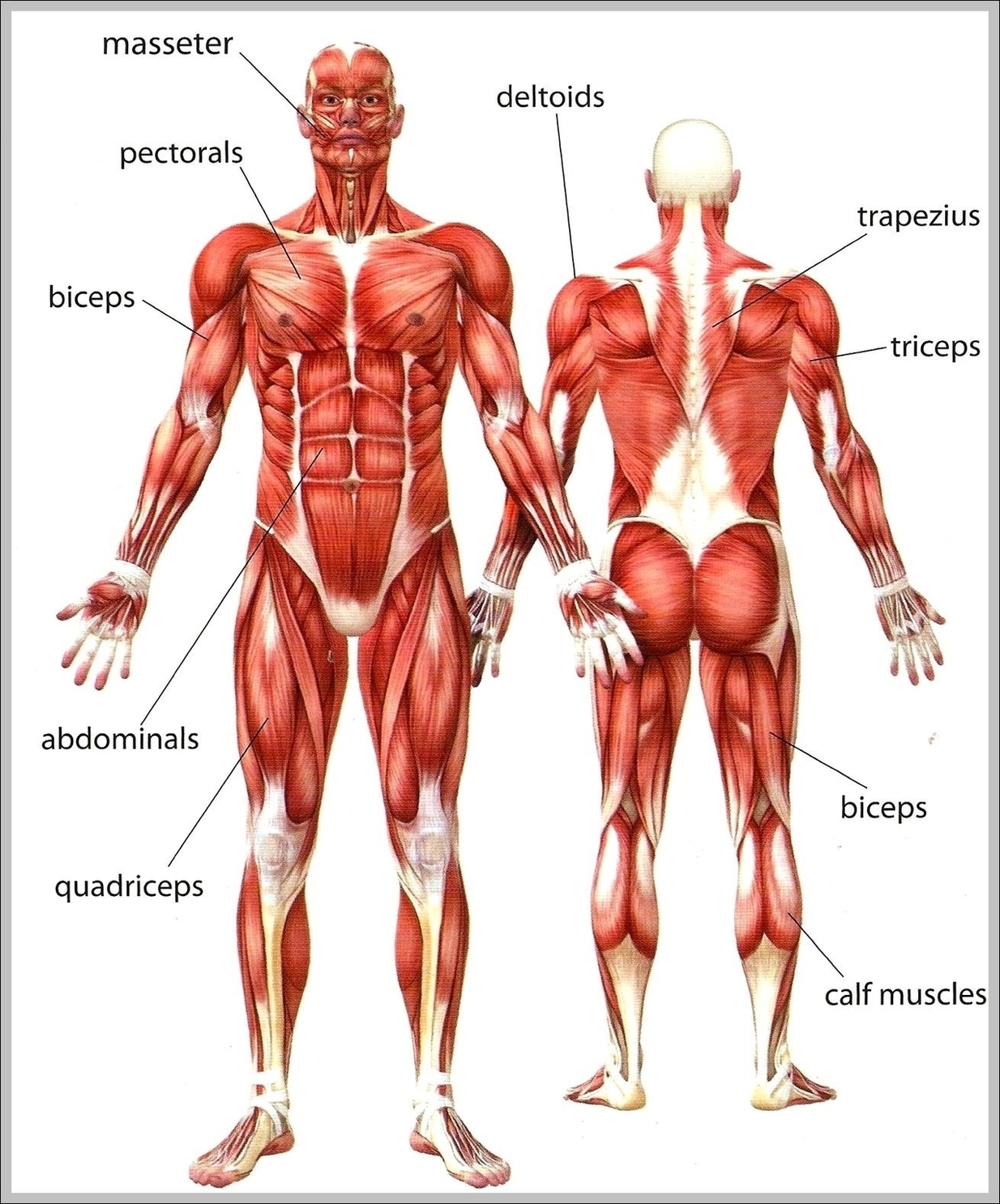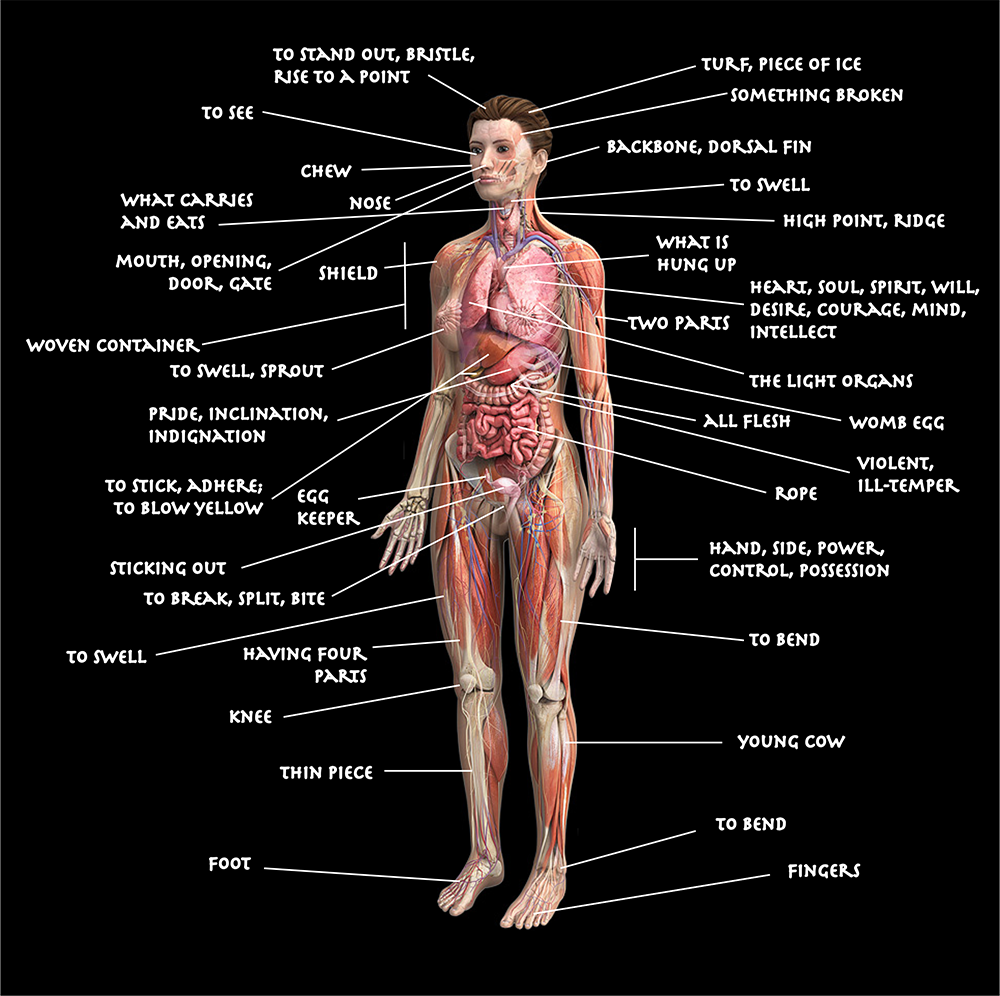

Describe why cancer is a problem for the organism as a whole using your understanding of the levels of organization.Ĭellular problems create issues at more complex levels of organization. In multi-cellular organisms, including humans, all cells, tissues, organs, and organ systems of the body work together to maintain the life and health of the organism.Ĭancers are defined by uncontrolled growth at the cellular level. An organism is a living being that has a cellular structure and that can independently perform all physiologic functions necessary for life. The organism level is the highest level of organization. Figure 1.2.2 – Organ Systems of the Human Body: Organs that work together are grouped into organ systems.

In fact, most organs contribute to more than one system. Assigning organs to organ systems can be imprecise since organs that “belong” to one system can also have functions integral to another system. This book covers eleven distinct organ systems in the human body ( Figure 1.2.2). An organ system is a group of organs that work together to perform major functions or meet physiological needs of the body. Each organ performs one or more specific physiological functions. An organ is an anatomically distinct structure of the body composed of two or more tissue types.

In humans, as in all organisms, cells perform all functions of life.Ī tissue is a group of many similar cells (though sometimes composed of a few related types) that work together to perform a specific function. All living structures of human anatomy contain cells, and almost all functions of human physiology are performed in cells or are initiated by cells.Ī human cell typically consists of flexible membranes that enclose cytoplasm, a water-based cellular fluid, with a variety of tiny functioning units called organelles. Humans are multicellular organisms with independent cells working in concert together.

Single celled organisms, like bacteria, are extremely small, independently-living organisms with a cellular structure. Molecules are the chemical building blocks of all body structures.Ī cell is the smallest independently functioning unit of a living organism. Two or more atoms combine to form a molecule, such as the water molecules, proteins, and sugars found in living things. Atoms are made up of subatomic particles such as the proton, electron and neutron. The smallest unit of any of these pure substances (elements) is an atom. Examples of these elements are hydrogen, oxygen, carbon, nitrogen, calcium, and iron. All matter in the universe is composed of one or more unique pure substances called elements. To study the chemical level of organization, scientists consider the simplest building blocks of matter: subatomic particles, atoms and molecules. The organization of the body often is discussed in terms of the distinct levels of increasing complexity, from the smallest chemical building blocks to a unique human organism. Figure 1.2.1 – Levels of Structural Organization of the Human Body: The organization of the body often is discussed in terms of six distinct levels of increasing complexity, from the smallest chemical building blocks to a unique human organism. It is convenient to consider the structures of the body in terms of fundamental levels of organization that increase in complexity, such as (from smallest to largest): chemicals, cells, tissues, organs, organ systems, and an organism.


 0 kommentar(er)
0 kommentar(er)
